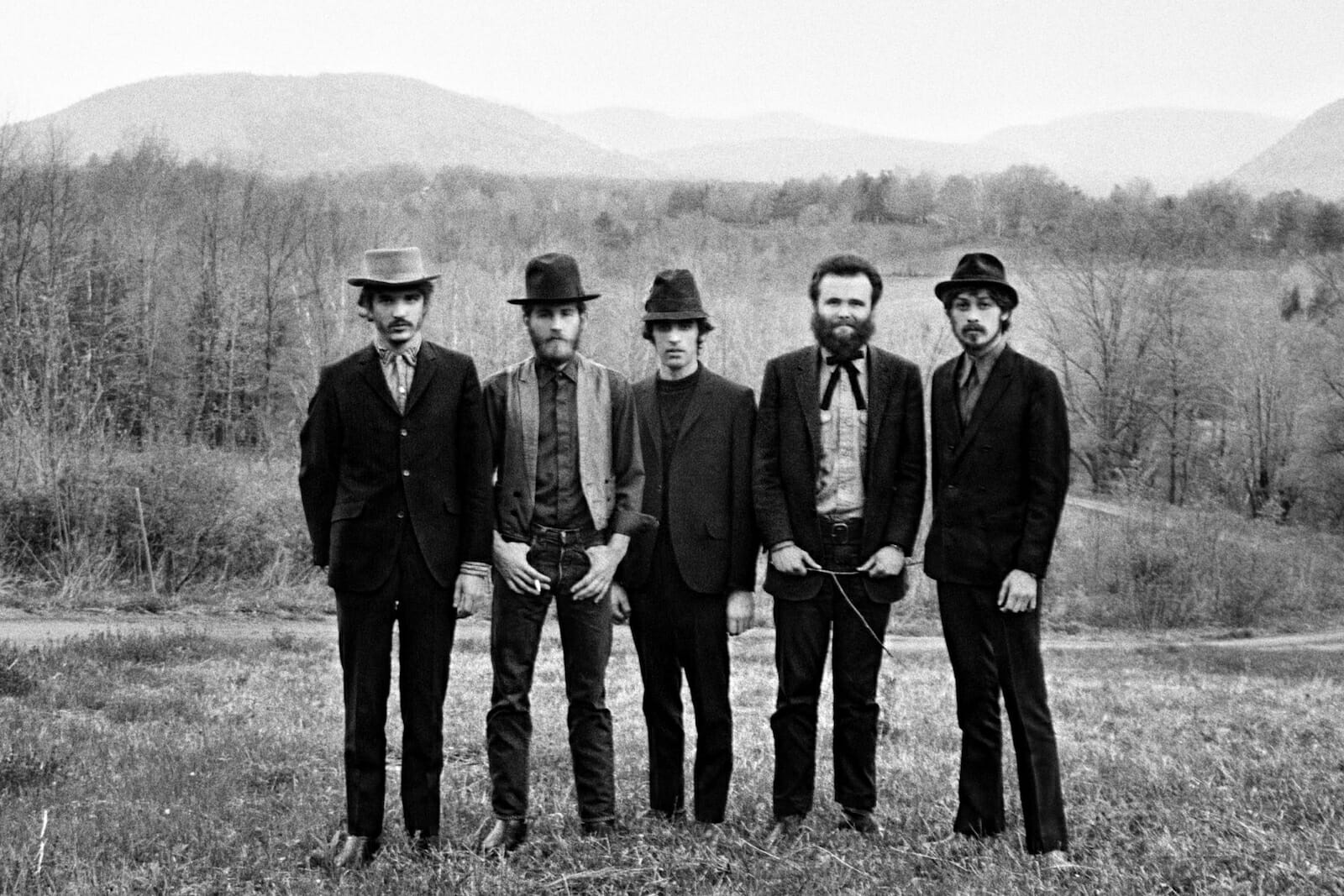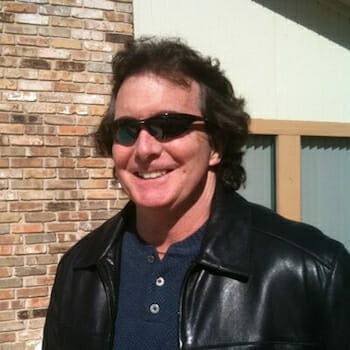
‘Once Were Brothers: Robbie Robertson and The Band’ Review
Based on Robbie Robertson’s Testimony: A Memoir, documentarian Daniel Roher’s film Once Were Brothers: Robbie Robertson and The Band is understandably told from the lead guitarist’s point of view. In fact, Mr. Robertson spends a good deal of time recollecting directly to the camera. For those familiar with the acrimonious-filled history since The Band split in 1976, you won’t be surprised that Robertson’s recounting of events varies greatly from those in the 1993 memoir of his former friend and bandmate in This Wheel’s on Fire – Levon Helm and the Story of the Band.
Mr. Robertson is now 76 years old, and in addition to his guitar skills, he has always been an articulate speaker, and one who comes across as prideful and mostly sincere. These days, he is one of only 2 band members still living; the other (Garth Hudson) has nothing to say publicly about The Band or its members. This is one man’s version of reality, and from a perspective of music history, it’s quite interesting and entertaining.
“The Band was greater than the sum of their parts,” says Bruce Springsteen, in one of many interviews used for the film – including Eric Clapton, Taj Mahal, George Harrison, Peter Gabriel, David Geffen, Martin Scorsese, and Rolling Stone magazine founder Jann Wenner. Some of the initial interview clips play over an opening live performance of “Up on Cripple Creek,” including Clapton stating he was “in awe of their brotherhood.” The film then traces the timeline and early years as the pieces of the band came together…much of it centered around Ronnie Hawkins, who is not only the most insightful of those interviewed, but also the most colorful. We learn that Robertson was writing songs at age 15, and that it was meeting Bob Dylan that changed everything.
A substantial portion of the film deals with those early years, and the tales of being booed by audiences as they backed the newly “electric” Dylan are especially fascinating. In 1967, when The Band moved to the pink house in Woodstock, communal living led to artistic and creative productivity, including The Band’s masterpiece album, “Music from Big Pink” (1968). There are some terrific old photos included here which give us a feel for the times, and the aforementioned ‘brotherhood’ of this band that seemed more tightly connected than most.
Of course, it was the late 1960s and heavy drinking and drug usage took its toll. In 1976, 34-year old Martin Scorsese was brought on to direct a documentary of The Band’s final performance. The Last Waltz was released in 1978 and included electrifying live performances from some of the all-time greats: Van Morrison, Eric Clapton, Neil Diamond, Joni Mitchell, and Bob Dylan, to name a few. The concert was held at Winterland Ballroom in San Francisco, which would later close after a 1979 New Year’s Day marathon concert by The Grateful Dead. Scorsese’s film included interviews with the band members, but it was his unique and varied camera placements that brought the stage show to life.
Director Roher’s producers on this film include Scorsese, Ron Howard, and Brian Glazer. While it is often the story of Robbie Robertson’s personal journey, it also serves as his perspective on The Band – a group of musicians who were right in the middle of things as popular music evolved. Levon Helm, Richard Manuel, and Rick Danko have passed away, and reclusive Garth Hudson refuses to re-live the past, so it’s Robertson who tells their story, and his. We do get to see The Band perform “The Weight,” “The Night They Drove Old Dixie Down,” and most fittingly, “I Shall Be Released,” but if it’s the music that most interests you, track down and experience The Last Waltz. It was the final time The Band performed all together on stage, and as Robertson says, “everybody just forgot to come back.”

